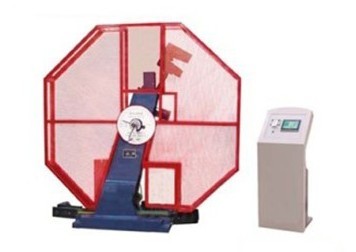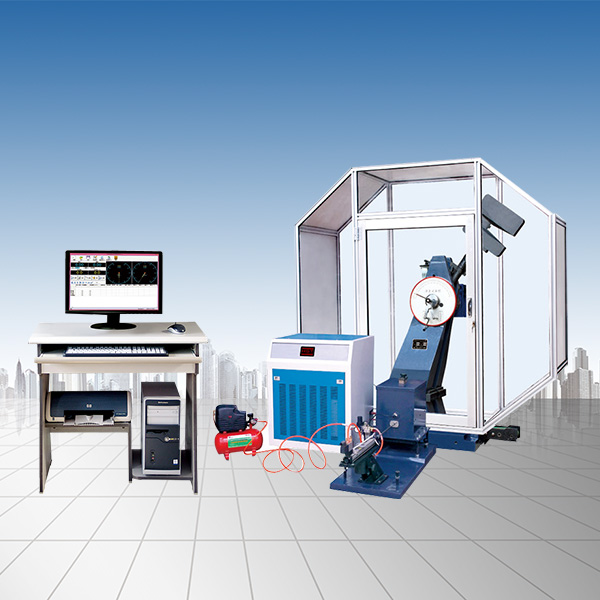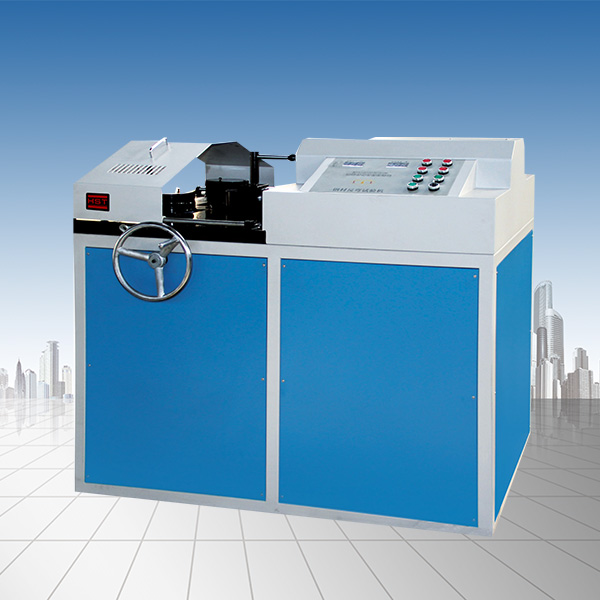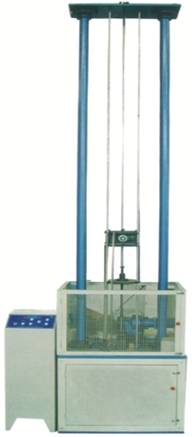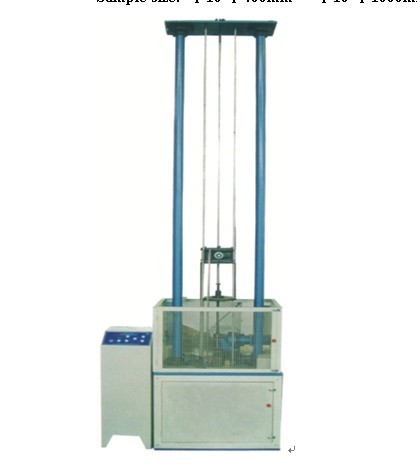Industry Information
Detailed description of the impact test process
Release time:2018-11-23 source:Jinan Hengsi Shanda Instrument Co., Ltd. Browse:
Using metal samples of a certain size and shape, when the impact load is broken in a predetermined type of impact test, the impact work consumed on a unit cross-section at the sample groove is called impact toughness expressed in αk.
Currently commonly used 10×10×55mm, V-shaped notched Xia's impact sample with 2mm depth is directly used in standard to directly use impact work (J joule value) AK instead of αK value. Because the impact work per unit area has no practical significance.
Impact work is sensitive to checking the brittleness of metal materials at different temperatures, while catastrophic breakage accidents under actual service conditions are often related to the impact work of the material and service temperature. Therefore, the relevant standards often stipulate the impact work value at a certain temperature, and also stipulate the technical conditions for the FATT (fault area conversion temperature) to be lower than a certain temperature. The so-called FATT means that after a group of impact samples at different temperatures is broken, the impact fracture is evaluated, and the corresponding temperature is when the brittle fracture accounts for 50% of the total area.
Due to the influence of the thickness of the steel plate, for steel plates with a thickness of ≤10mm, a 3/4 small-size impact sample (7.5×10×55mm) or a 1/2 small-size impact sample (5×10×55mm) can be obtained. However, it is necessary to note that the impact power values at the same specifications and temperatures can be compared with each other. Only under the conditions specified by the standard can the impact work of the standard impact sample be converted into the impact work of the standard impact sample according to the standard conversion method, and then compared with each other.
Due to the influence of the thickness of the steel plate, for steel plates with a thickness of ≤10mm, a 3/4 small-size impact sample (7.5×10×55mm) or a 1/2 small-size impact sample (5×10×55mm) can be obtained. However, it is necessary to note that the impact power values at the same specifications and temperatures can be compared with each other. Only under the conditions specified by the standard can the impact work of the standard impact sample be converted into the impact work of the standard impact sample according to the standard conversion method, and then compared with each other.
At present, the regulations and standards used in container design and manufacturing in my country all stipulate that the main method of Shabi V-shaped notch and lateral sampling are the same. The notched form of the impact specimen has a great impact on impact toughness. The V-shaped notch is sharper than the U-shaped notch and can better reflect the sensitivity of the notch and internal defects of the material to dynamic loads. For U-shaped samples, most of its impact work is consumed from the formation of cracks when performing impact tests, while for V-shaped notch samples, most of its impact work is consumed from the expansion of cracks. There is no corresponding conversion relationship between the impact toughness measured by the U-shaped notch and the impact toughness measured by the V-shaped notch. The sampling direction of the impact sample is specified as "lateral sampling", which mainly considers that segregation and impurities will be formed when the ingot is poured. During the process of rolling the steel plate, these uneven parts and impurities will form fibrous tissue along the metal extension direction, so that the mechanical properties of the steel plate parallel to the rolling direction are higher than those of the vertical direction. The impact sample sampling direction stipulated in my country's standards is inconsistent with the provisions of the US ASME. The impact sample sampling direction stipulated in the US ASME standards is "longitudinal sampling". Therefore, when foreign imported materials used in China are used for domestic container manufacturing, it should be noted that the sampling direction of the impact sample should be specified as "lateral sampling".
- Previous article:What are the types of tensile testing machines?
- Next article:Detection of tensile properties of rubber and plastics
Recommended productsPRODUCTS


















